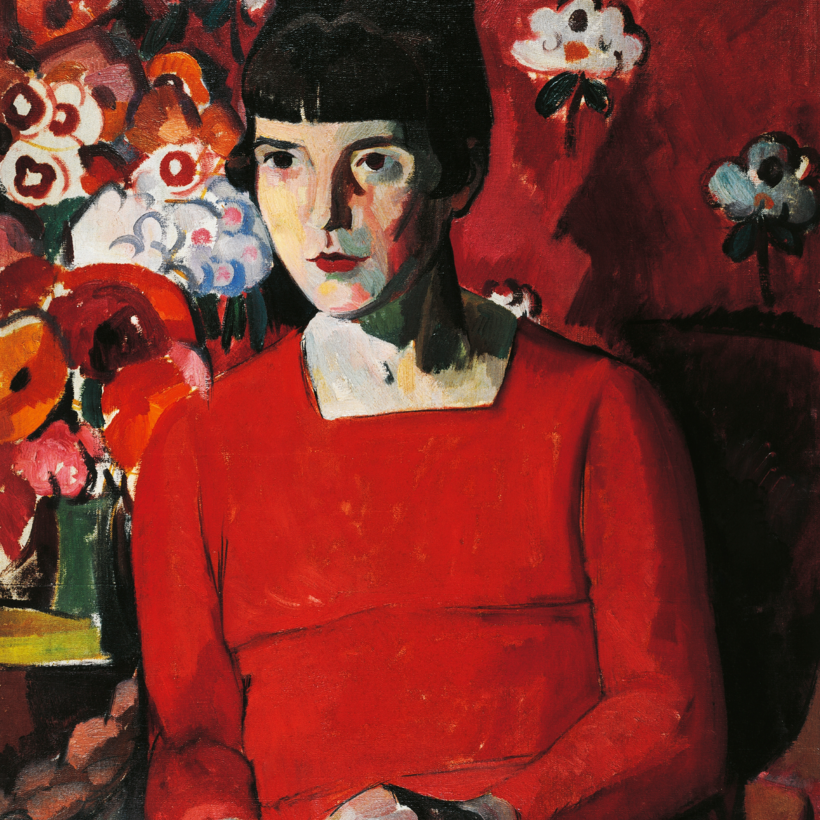Katherine Mansfield, whose collection of stories The Garden Party was published 100 years ago, was a ball of fire who burned through life quickly. She was a lonely person who knew almost everyone: she flirted with Bertrand Russell, lunched with James Joyce, and — her biographer Claire Tomalin says — caught tuberculosis from D.H. Lawrence. Virginia Woolf, for whom she had a brittle admiration that was reciprocated, sent flowers and cigarettes as Mansfield crisscrossed Europe in flight from the disease that would kill her at the age of 34, a year after The Garden Party was published.
Mansfield was, in the words of one critic, “not a nice person”. She was strong-willed and impatient of fools, a category that sometimes included the whole human race. “Saw two of the doctors — an ass and an ass,” she wrote in 1919. Suffragettes were “women who looked like very badly upholstered chairs”. Meanwhile, T.S. Eliot’s work was “unspeakably dreary” and E.M. Forster’s no better: “[He] never gets any further than warming the teapot. Feel this teapot. Is it not beautifully warm? Yes, but there ain’t going to be no tea.”
Some lashed back, particularly when she was safely dead and couldn’t return fire. Eliot told a colleague at his magazine The Criterion that “her inflated reputation ought to be dealt with”. Even her great friend Lawrence said she was “a good writer they made out to be a genius”.
Katherine Mansfield flirted with Bertrand Russell, lunched with James Joyce, and caught tuberculosis from D.H. Lawrence.
If anything, a century later her reputation needs reinflating. The stories in The Garden Party are sharp and bright, and often driven by a not-niceness that only the best, wittiest writers can get away with.
In Marriage à la Mode a young woman, Isabel, laughs with her friends over a love letter from her husband. “When she reached the end they were hysterical. Bobby rolled on the turf and almost sobbed.” In Mr and Mrs Dove Anne stifles laughter as she rejects a suitor because “your tie reminds me fearfully of the bow ties that cats wear in pictures”.
In the title story the daughter of a wealthy family tries to persuade her mother to call off a garden party out of respect for a working man killed outside their grounds. Mother’s having none of it: “It’s only by accident that we’ve heard of it.” Anyway, she adds, “I can’t understand how they keep alive in those poky little holes.”
Mansfield’s stories are often driven by a not-niceness that only the best, wittiest writers can get away with.
These stories, and others, are slices of life that center on the “moment of truth” when a character is confronted with a sudden unwelcome change. Mansfield delivers these with a lightness of touch that makes them excruciatingly tragicomic.
In one of her best, The Daughters of the Late Colonel, two witless sisters, after their father’s death, are faced with the recognition that they’ve wasted their lives putting him first, and now have no idea how to live. Can they sack the family cook? But “what should we live on?” “Oh, eggs in various forms!” trills one sister, hopelessly.
Mansfield’s stories are fluid, flitting from one viewpoint to another — she “liquefied” the short story, as V.S. Pritchett put it — and from thought to thought, as we do in life. She never wrote a novel; her episodic style didn’t fit the form. This looseness makes her longer stories, such as At the Bay, slightly harder work; it comes first in the collection, but if you’re new to Mansfield leave it for last.
Mansfield wrote her best work under the shadow of death, which is perhaps what gives her stories such a distilled quality of what G.K. Chesterton called the “tremendous trifles” of life. It’s summed up beautifully at the end of the title story by Laura and her brother Laurie. “‘Isn’t life,’ she stammered, ‘isn’t life—’ But what life was she couldn’t explain. No matter. He quite understood. ‘Isn’t it, darling?’ said Laurie.”
The Garden Party: And Other Stories, by Katherine Mansfield, is available at your local independent bookstore, on Bookshop, and on Amazon
John Self reviews books on the blog Asylum

